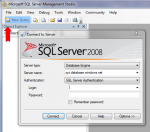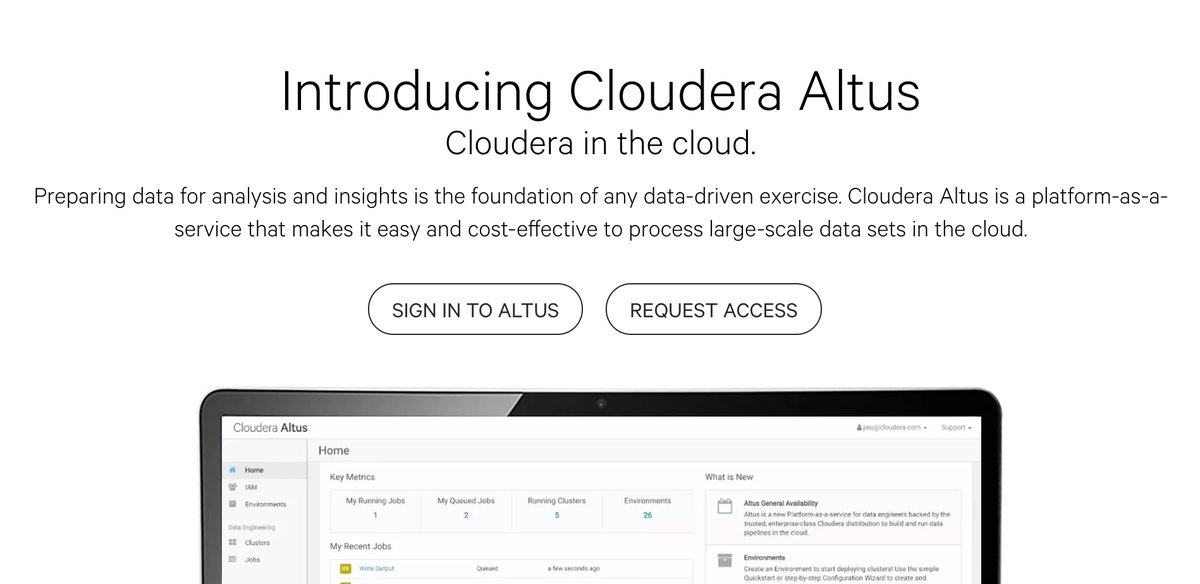When Microsoft announced the availability of SQL Server 2012 on March 6, the company trotted out a long list of new features. But the huge increase in the number of supported partitions, the addition of more high-availability support and the shuffling around of some version titles all take a back seat to the first changes new users will encounter: the changes to the licensing and pricing.
SQL Server 2012 now comes in three editions: Enterprise, Business Intelligence and Standard. And all three of these are now priced on a per-core basis rather than a per-socket basis. That’s a change that will require systems architects to mind their core-counts when purchasing servers, said Wes Miller, research analyst at IT consulting firm Directions on Microsoft.
“This is very significant,” he said. “Now, instead of licensing each processor, you’re licensing each core within each processor on your server. It can get very sordid and complicated very fast. For a system with four or less cores per processor, generally you’re going to pay the same amount you would have for the last edition of SQL Server.”
But quad-cores are quickly becoming last year’s news, and that could mean major price hikes if your servers are brand new.
“If you’re talking about an eight-core processor, you’re talking twice as much,” said Miller. “The upper echelon for cores per processor is 10, so that’s 2.5x the cost of SQL Server 2008 R2. And while there are ways to get your existing systems grandfathered in if you have Microsoft Software Assurance, this means you have to bear in mind your per-core count.”
In addition to the per-core change, the three editions of SQL Server divide up the markets that were previously occupied by SQL Server Data Center Edition and SQL Server Workgroup Edition. Previously, SQL Server Enterprise Edition was the penultimate license model for the database, with the Data Center Edition offering an even larger license option. Now, Enterprise Edition is the top of the line.
Previous versions of Enterprise were also available with the combination server and client access license. These so-called CAL licenses are no longer an option on Enterprise Edition, where only per-core pricing is available now.
Server CAL licenses are available on the Business Intelligence Edition of SQL Server 2012, which Miller pointed out is now priced at exactly the same amount as SQL Server Enterprise 2008 R2. The new Business Intelligence Edition includes analytics support that he said are a welcome addition in a space that has traditionally not added analytical value on top of products.
“When you look at Oracle or other database vendors, they’re not focusing on that business intelligence ease of use,” he said. “ETL (Extract, Transform, Load) is something you have to be familiar with in other databases. Microsoft has really tried to make it so if you understand Excel, all of a sudden you’re a business intelligence expert.”
Duncan Jones, vice president and principal analyst for sourcing and vendor management at Forrester, said that the move to per-core pricing made things confusing for its customers.
“I was disappointed when Microsoft told me about this change, because it abandons the principle that customers benefit from Moore’s Law improvements to hardware keeping pace with expansion in demand for processing power,” he said. “Will Microsoft now expect me to buy two Windows licenses for my dual-core PC, and two Office licenses also? Microsoft doesn’t think the client and server worlds are at all comparable, but I don’t see the difference.”
But Jones and Miller both agree that the move to per-core pricing is mainly a response to the industry around Microsoft. “Microsoft is only falling in line with its main competitors, and with much fairer transitional arrangements,” said Jones.
“For instance, existing licenses for SQL Server 2008 remain unchanged, so Microsoft isn’t reducing the value of what they already own. Moreover, Microsoft will convert licenses covered by software assurance from 2008 per [processor] to 2012 per core at no cost. It deserves credit for this.”
And in the end, it’s the method of pricing that we’re stuck with, said Jones. “The real problem here is that CPU-based pricing, whether it is per processor, per core or some formula involving core processor factors or processor value units, is just a fundamentally bad way to price software, but it’s one we’re stuck with for historical reasons,” he said.
“It is simply obsolete in today’s technology environment, but no better alternative has yet emerged. The growth of cloud may force the industry to change to something more closely related to the value customers get from the software, such as some general measure of processing workload. I can even foresee some vendors moving full circle back to something like MIPS, the mainframe metric.”






